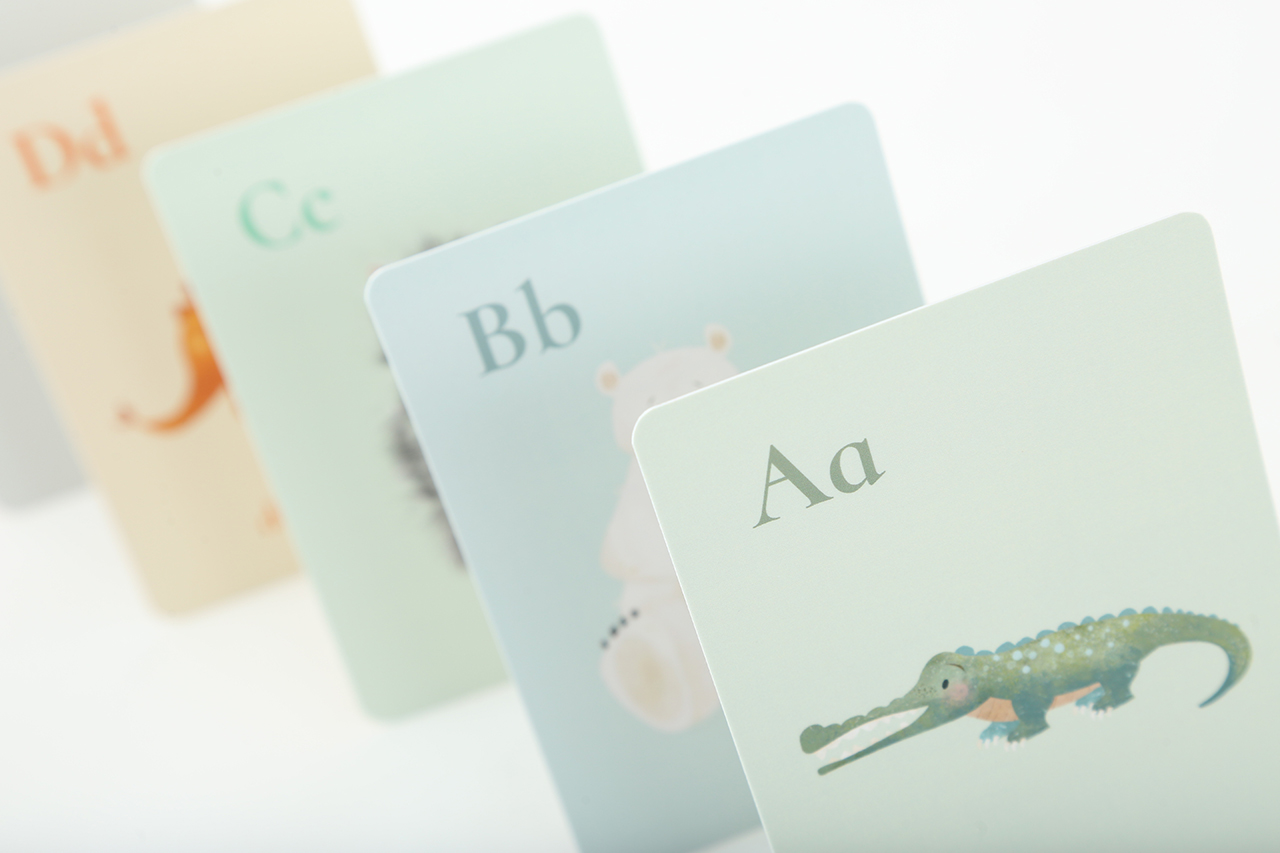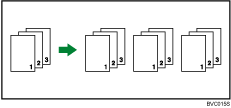

This is especially useful when it comes to large documents with multiple pages, as it prevents any confusion from arising when it comes to organising the pages. With the uncollated option, it is also easier for the user to identify exactly which pages belong to which copy. This option is commonly used when printing multiple copies of a document, as it ensures that each copy will have pages in the exact same order. The purpose of the uncollated option while printing is to provide the user with the ability to print documents exactly as they are in the document, with each individual page printed one after the other. What is the purpose of uncollated option while printing? The difference between collated and uncollated is most important when dealing with large business documents or books that need to be bound and require pages to be in the right order.įor smaller documents and casual home use, it is mostly inconsequential, as many printers and copiers have the ability to automatically collate the pages before they are printed. This means that the pages are not necessarily in consecutive order, particularly when using multiple copiers or printers to produce different documents at the same time. Uncollated documents are arranged as they come off a copier or printer, which may include random pages out of order from how they were originally created. This means that for a multi-page document, the pages are in numerical order from 1 to the last page.

Collated documents are ordered in a manner that places each page that has been printed in consecutive order. See the Connector/J 8.0 or Connector/J 5.1 documentation for more information.Collated and uncollated refer to the order of pages or sheets when dealing with multi-page documents. If you want to use utf8mb4, and character_set_server is not set to utf8mb4 in the my.cnf or my.ini file on your MySQL Server and you can't change this (for example utf8 is required for a database used by another application) you will need to add the connectionCollation=utf8mb4_bin parameter to your connection URL in order to use utf8mb4. Server character set considerations for Confluence When "DATA_TYPE" is replaced with "COLUMN_TYPE", the generated SQL is also valid for enum columns. The "DATA_TYPE" query currently fails for enum columns. MODIFY `FIELD` varchar(255) CHARACTER SET utf8mb4 COLLATE utf8mb4_bin.

MODIFY `FIELDTYPE` varchar(255) CHARACTER SET utf8mb4 COLLATE utf8mb4_bin, For example,ĪLTER TABLE `changeitem` MODIFY `FIELDTYPE` varchar(255) CHARACTER SET utf8mb4 COLLATE utf8mb4_bin ĪLTER TABLE `changeitem` MODIFY `FIELD` varchar(255) CHARACTER SET utf8mb4 COLLATE utf8mb4_bin

Query execution time can be reduced by combining multiple ALTER statements for the same TABLE (but different columns) into a singular statement, which avoids MySQL having to process the whole table multiple times. For performance reasons you may wish to optimize the resultant queries by hand before execution on the database, particularly if the tables being modified have hundreds of thousands to millions of rows. Upon executing the above queries, a list of individual ALTER statements is generated for each table and column. Not all versions of Jira and Confluence support utf8mb4 (which provides support for 4-byte characters). You must ensure your database has the correct collation for the application it will be used with.Ĭollation in MySQL can be complicated because you can have a separate collation set at:Īdditionally, the information inside a column may be encoded incorrectly as well - causing the data in that column to be displayed incorrectly. In newer versions of Atlassian applications, collation changes may become more strict - i.e, an application requires a certain collation. The collation determines how results are sorted and ordered. After the solution is implemented, please test the application thoroughly to ensure everything works correctly and as expected. If the recommended method for some reason is not suitable for your scenario, please follow this article to manually fix the collation at the database server side.


 0 kommentar(er)
0 kommentar(er)
